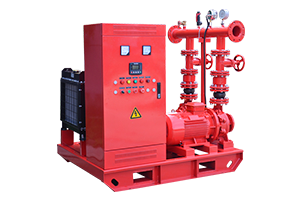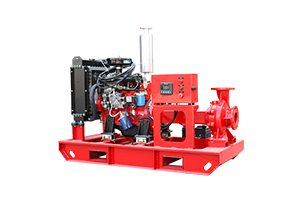-
 Oct 25, 2023Main uses of mobile pump trucksMobile pump trucks, also known as mobile pump units or concrete pump trucks, have a variety of uses across different industries. These versatile machines are designed to transport and deliver concrete, but they can be adapted for other applications as well. Here are some of the main uses of mobile pump trucks:View details
Oct 25, 2023Main uses of mobile pump trucksMobile pump trucks, also known as mobile pump units or concrete pump trucks, have a variety of uses across different industries. These versatile machines are designed to transport and deliver concrete, but they can be adapted for other applications as well. Here are some of the main uses of mobile pump trucks:View details -
 Oct 24, 2023What are the common faults of mobile pump trucks?Mobile pump trucks can experience various common faults over time due to wear and tear, operational stress, or other factors. Recognizing these issues early and addressing them through maintenance or repairs is essential for ensuring the safe and reliable operation of the equipment. Common faults in mobile pump trucks include:View details
Oct 24, 2023What are the common faults of mobile pump trucks?Mobile pump trucks can experience various common faults over time due to wear and tear, operational stress, or other factors. Recognizing these issues early and addressing them through maintenance or repairs is essential for ensuring the safe and reliable operation of the equipment. Common faults in mobile pump trucks include:View details -
 Oct 24, 2023What are the common faults of mobile pump trucks?Mobile pump trucks can experience various common faults over time due to wear and tear, operational stress, or other factors. Recognizing these issues early and addressing them through maintenance or repairs is essential for ensuring the safe and reliable operation of the equipment. Common faults in mobile pump trucks include:View details
Oct 24, 2023What are the common faults of mobile pump trucks?Mobile pump trucks can experience various common faults over time due to wear and tear, operational stress, or other factors. Recognizing these issues early and addressing them through maintenance or repairs is essential for ensuring the safe and reliable operation of the equipment. Common faults in mobile pump trucks include:View details -
 Oct 24, 2023How to inspect mobile pump trucks?Inspecting mobile pump trucks is a critical part of their regular maintenance and safety procedures. A thorough inspection can help identify potential issues, ensure safe operation, and extend the lifespan of the equipment. Here's a step-by-step guide on how to inspect mobile pump trucks:View details
Oct 24, 2023How to inspect mobile pump trucks?Inspecting mobile pump trucks is a critical part of their regular maintenance and safety procedures. A thorough inspection can help identify potential issues, ensure safe operation, and extend the lifespan of the equipment. Here's a step-by-step guide on how to inspect mobile pump trucks:View details -
 Oct 23, 2023How to perform regular maintenance on mobile pump trucks?Performing regular maintenance on mobile pump trucks is essential to ensure their reliability, safety, and longevity. Follow these steps to conduct routine maintenance:View details
Oct 23, 2023How to perform regular maintenance on mobile pump trucks?Performing regular maintenance on mobile pump trucks is essential to ensure their reliability, safety, and longevity. Follow these steps to conduct routine maintenance:View details -
 Oct 23, 2023How to conduct regular inspections on mobile pump trucks?Regular inspections of mobile pump trucks are crucial to ensure their safe and efficient operation. These inspections help identify potential issues, prevent breakdowns, and extend the lifespan of the equipment. Here's a step-by-step guide on how to conduct regular inspections on mobile pump trucks:View details
Oct 23, 2023How to conduct regular inspections on mobile pump trucks?Regular inspections of mobile pump trucks are crucial to ensure their safe and efficient operation. These inspections help identify potential issues, prevent breakdowns, and extend the lifespan of the equipment. Here's a step-by-step guide on how to conduct regular inspections on mobile pump trucks:View details






